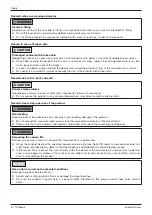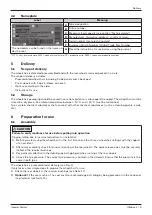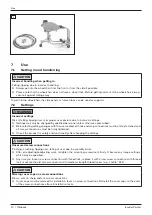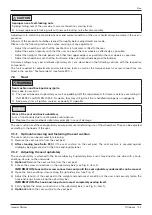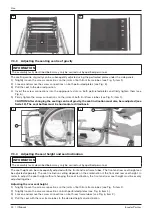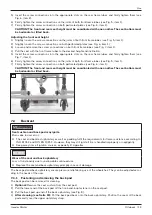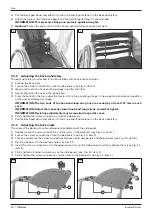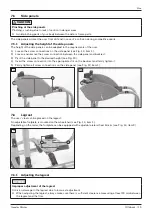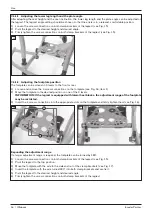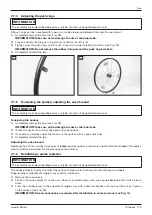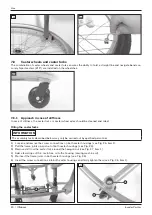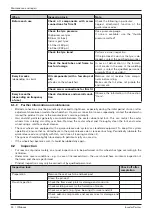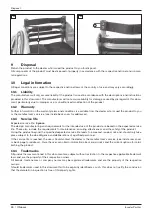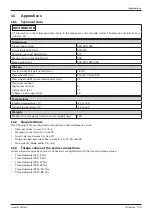
Use
Invader Pointer
22 | Ottobock
The anti-tipper wheel is height-adjustable within a narrow range�
1) Open the hook-and-loop closure of the protective pad and remove the protective pad (see Fig� 32)�
2) Use a screwdriver to pry open the cap on the housing (see Fig� 30, item 1)�
3) Secure the hexagon nut on the wheel fork with a small wrench (see Fig� 29, item 1)�
4) Loosen the hexagon nut in the housing with a socket wrench (see Fig� 30, item 2)�
5) Pull the swivel axle down and out of the housing�
6) Place a maximum of 2 spacer washers on the wheel fork to modify the ground clearance (see Fig� 29, item 2)�
7) Insert the swivel axle�
8) Insert the hexagon nut into the housing and firmly tighten it (see Fig� 30, item 2)�
9) Close the housing�
10) Attach the protective pad and fasten the hook-and-loop closure (see Fig� 32)�
7.9.2 Approach in case of stiffness
In case of stiffness, the anti-tipper wheel axle should be cleaned and oiled�
1) Remove dirt from the axle (e�g� hairs)�
2) Lubricate the axle between the wheel and wheel fork with a few drops of thin, resin-free oil (sewing machine oil)
(see Fig� 30, item 3)�
7.10 Protective pads
For the protection of users, some components of the wheelchair can be equipped with protective pads:
• Pad for back stabiliser (see Fig� 31)
• Anti-tipper pad (see Fig� 32)
• Optional: frame pad (see Fig� 33)
31
32
33
7.10.1 Removing/installing the protective pads
The protective pads can be removed for cleaning�
1) Open the hook-and-loop closures and remove the protective pads (illustration see previous section)�
2) After cleaning (see Seite 23): Secure the protective pads on the wheelchair again, respectively with the
hook-and-loop fasteners to prevent slipping�

